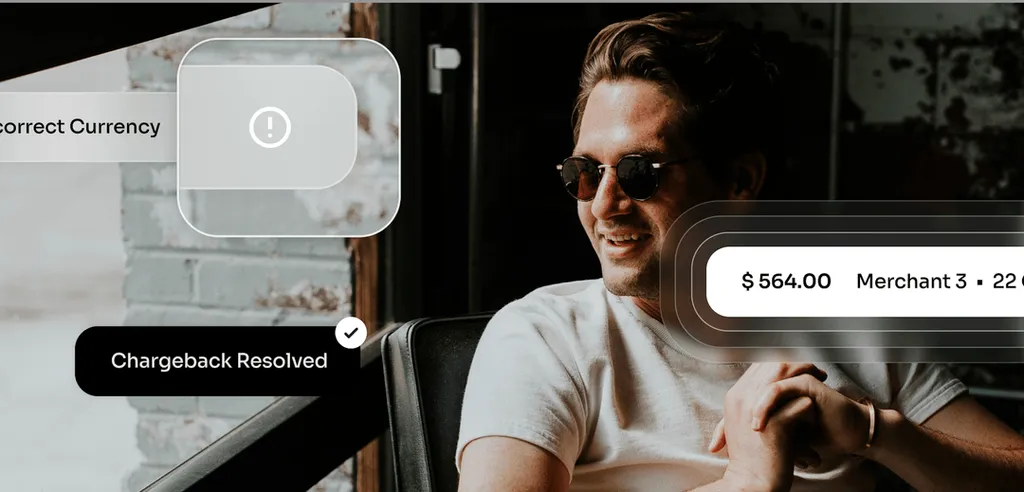Chargebacks 101: What Every Business Needs to Know (and How to Fight Back)

For most businesses, making the sale feels like the finish line. But here’s the truth: the real challenge starts after the transaction. One hiccup—unclear shipping info, a confusing charge on a statement, or a slow support response—and suddenly that “successful” sale turns into a costly chargeback.
At Dispute.com, we help businesses like yours protect revenue and reclaim control. Below, we break down everything you need to know about chargebacks: how they happen, why they’re expensive, and most importantly—how to stop them in their tracks.
What’s Inside:
- What is a chargeback?
- Chargeback vs. refund
- Why chargebacks happen
- The chargeback process, step by step
- How much chargebacks cost you
- Proven ways to prevent chargebacks
- How to dispute (and win) chargebacks
What Is a Chargeback?
A chargeback is when a customer disputes a credit or debit card charge with their bank. If the bank agrees, they pull the funds directly from your account and return it to the customer.
Originally designed to protect consumers from fraud, chargebacks have evolved into a major threat to online businesses. Today, they’re often misused—and merchants pay the price.
The good news? You can fight back. And Dispute.com is here to help.
Chargeback vs. Refund: What's the Difference?
Let’s clear this up:
When you issue a refund, you keep the customer relationship intact and avoid unnecessary fees. With chargebacks, you lose money, get hit with penalties, and might not even know what went wrong.
Why Do Chargebacks Happen?
Chargebacks happen for a few key reasons:
1. Legitimate Fraud
The card was stolen. The customer didn’t make the purchase. This is what chargebacks were meant for.
2. Friendly Fraud
This is the biggest and fastest-growing problem. A customer makes a purchase—then disputes it anyway. Why?
- They don’t recognize your name on their statement
- The product took too long to arrive
- They didn’t want to deal with a return
- They simply changed their mind
3. Business Errors
Double charges. Billing for canceled subscriptions. Missing items. It happens—but if your customer can’t reach you fast, their next call is to the bank.
How Chargebacks Work (Step-by-Step)
Here’s what actually happens behind the scenes:
- Customer files a dispute with their bank.
- Issuing bank starts the chargeback process, pulling funds from your account.
- You get notified and can respond with evidence to fight the chargeback.
- The bank reviews the case and decides who wins.
- If the bank sides with the business, the money stays with you.
- If the bank sides with the customer, you lose the funds.
- Still want to fight it? The final appeal goes to the card network (Visa, Mastercard, etc.)—this is arbitration, and it’s not cheap.
What Do Chargebacks Really Cost?
Short answer: way more than you think.
Let’s say you lose a $100 chargeback. Add in fees from your processor (anywhere from $15 to $100), potential penalties for high chargeback ratios, lost inventory, shipping, and admin costs—you’re out $300 to $400. Every. Single. Time.
LexisNexis reports that every $1 lost to fraud actually costs businesses $3.75. That’s not sustainable.
How to Prevent Chargebacks
You can’t avoid every dispute—but there are proven ways to reduce them:
- Use clear, recognizable billing descriptors. No one should say “What is this charge?” when they check their statement.
- Make your return policy clear, easy, and fair. Customers shouldn’t feel like the only way to get their money back is through a dispute.
- Keep customers in the loop. Email confirmations, tracking numbers, and shipping updates go a long way.
- Prioritize customer support. If you’re hard to reach, the bank becomes Plan B.
- Use fraud tools and filters. Not all fraud is preventable—but a lot of it is.
Want to go deeper? Check out our guide on How to Prevent Chargebacks.
How to Dispute a Chargeback (And Win)
If you’ve received a chargeback, here’s how to fight it the smart way:
Step 1: Investigate the claim
Is it legit fraud? Or is the customer confused or gaming the system?
Step 2: Reach out to the customer
Sometimes a simple conversation clears it up. You might even offer a refund just to prevent a dispute from escalating.
Step 3: Gather your evidence
Receipts, tracking info, screenshots of conversations—anything that proves the charge was valid.
Step 4: Submit your response
Your payment processor or dispute management tool (hey, that’s us!) will help you send everything to the bank.
Step 5: Wait for the decision
This can take weeks. If you win, the funds are returned. If you lose—you still get valuable insight for future prevention.
Final Thoughts: You Don’t Have to Lose to Chargebacks
Chargebacks don’t have to be a mystery. And they definitely don’t have to be a recurring loss. With the right tools and strategies, you can take control of your disputes, recover lost revenue, and protect your bottom line.
Dispute.com is your partner in fighting back. Whether you’re looking to stop chargebacks before they happen or win the ones that do—we’ve got you covered.
➡️ Ready to reduce chargebacks and win more disputes? Talk to our team or start protecting your revenue today.
